POWER YOUR BUSINESS!
CHARGE UP YOUR DAY!
ELECTRIFY YOUR MOBILITY
Through various measures we have chosen to be on the way to more sustainability and we are setting benchmarks. Learn more about a few of our activities:
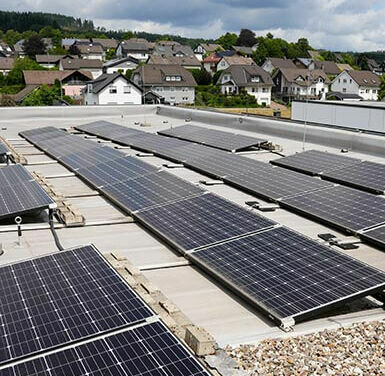
There are no fossil fuels required for our production processes. Our production runs with 100 percent green power, meaning electricity produced from renewable energy sources.
Despite optimization measures, some of our buildings are still heated with fossil fuels such as natural gas or petroleum products. It is our goal to further reduce the use of fossil fuels every year. The CO2 emissions we have caused are compensated by the retirement of CO2 certificates.
Photovoltaic systems on the roofs of several buildings at our Kirchhundem-Welschen Ennest location self-generate solar energy. Some of the green power goes to in-house use, the remainder is fed into the public power grid. We are currently examining which additional roof areas could still accommodate PV systems.
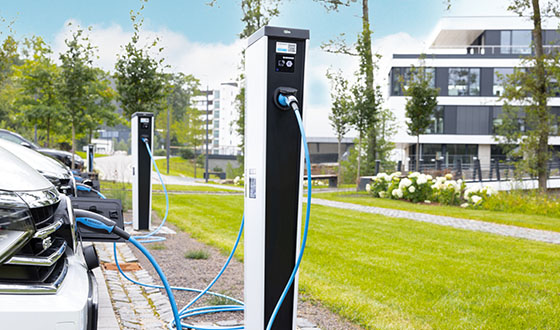
There are several measures that help save energy in production and administration. A special energy management program is in use for our building at the Kirchhundem-Welschen Ennest location, for example: A well-conceived system with underground water reservoirs each holding 200 cubic meters in conjunction with a local heating grid enable us to use the waste heat that is generated in the large production building to heat and cool the offices in the administration building, customer center, and heat and cool the production staffrooms.
We are also continually replacing older machines with new, more energy-efficient machines in our contact part manufacturing facility and plastic injection molding production department.
Step by step, we are replacing the lighting in our production facilities with LED light strips.
All lighting in our offices, hallways, bathrooms and kitchen facilities turn off automatically. Lamps are only lit whenever people are in the room. The lighting goes out shortly after leaving the room.
We are continually replacing the windows, doors and the roof insulation of our older buildings.
Plus, in line with the MENNEKES Energy Management System certification to DIN EN ISO 50001, all energy-saving measures are monitored by experts.
Various measures are in place to gradually reduce our CO2 emissions. The energy-saving measures detailed above are making a significant contribution to this effort. In addition, during the past few years, we have replaced our vehicle fleet with electric cars and hybrid vehicles. We are continually expanding the electric car fleet. Since 2022, our employees have not been permitted to travel on domestic flights. Instead, company cars or trains are used.
There are ample charging points for electric vehicles at the employee and customer parking facilities in the Sauerland region and the Erzgebirge. At our Kirchhundem-Welschen Ennest location alone, where the customer center is located, there are fifty parking lots with charging columns and wallboxes, and this number will further increase to up to a hundred – making it one of the largest parking facilities with charging points in South Westphalia.
Every permanent employee also has the option to lease a bike supplied by the company – selected by the bike dealer of their choice and manageable via an app.
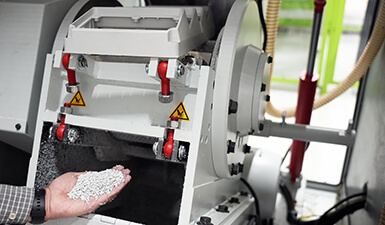
The following recycling concept applies to our production department, which has earned the environmental management certification to ISO 14001. We are recycling materials such as plastics left over from the manufacture of our wiring devices and eMobility charging solutions. Left-over brass chips are melted and reused for the manufacture of contact parts.
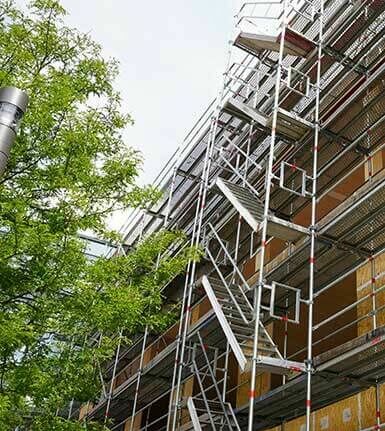
Our most recent new buildings are based on the criteria of the Deutschen Gesellschaft für nachhaltiges Bauen (DGNB) (German association for sustainable building) – and we intend continue doing so in the future with any new buildings. Our buildings are constructed according to the three-pillar approach to sustainability, taking into account ecological, economic and social aspects so that 1) the construction of buildings conserves resources and protects the environment to the extent possible 2) buildings are designed in such a manner that they can be used in a variable and economical sensible way over their entire life cycle, and 3) social concerns such accessibility, soundproofing, and optimum lighting for workstations, conference rooms and staffrooms are met.
Our latest buildings have been designed in a wood construction and a wood-concrete composite construction, for instance. Whenever possible, we use materials with the German ecolabel “Blue Angel” and wood that is in conformity with the international PEFC forest certification system for sustainable forest management. For optimum acoustic insulation, lighting and versatile use, we installed floating ceiling panels out of wood slats and large skylights, and we furnished the conference and training facilities with moveable partition walls.
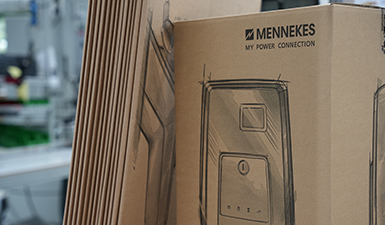
Many of our product solutions are already delivered in paper or cardboard packaging without color print, plastic pouches or Styrofoam such as AMTRON® wallboxes or AMEDIO® charging columns.
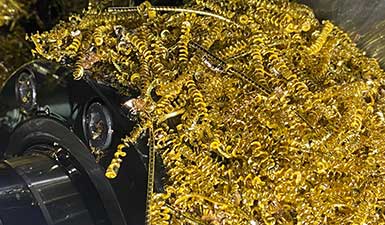
Thanks to modern punching and bending technology, low-lead product solutions are a part of our portfolio. We are currently working on another major project with the aim of developing more products with low-lead contact parts that are in conformity with the applicable EU directives.
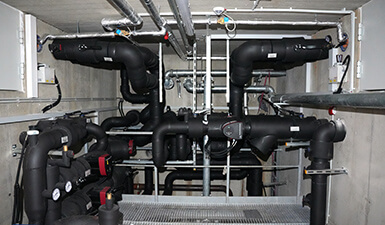
A closed water cooling circuit is in place in our plastic injection molding production department. We are only withdrawing as much water as is necessary for cooling water for our machines. At our Kirchhundem-Welschen Ennest location, we are collecting the water used for machine cooling and heated water in an underground water reservoir, where it is newly cooled by natural means and can be reused for machine cooling. This way, no fresh water is needed.